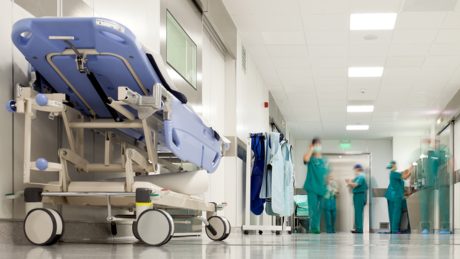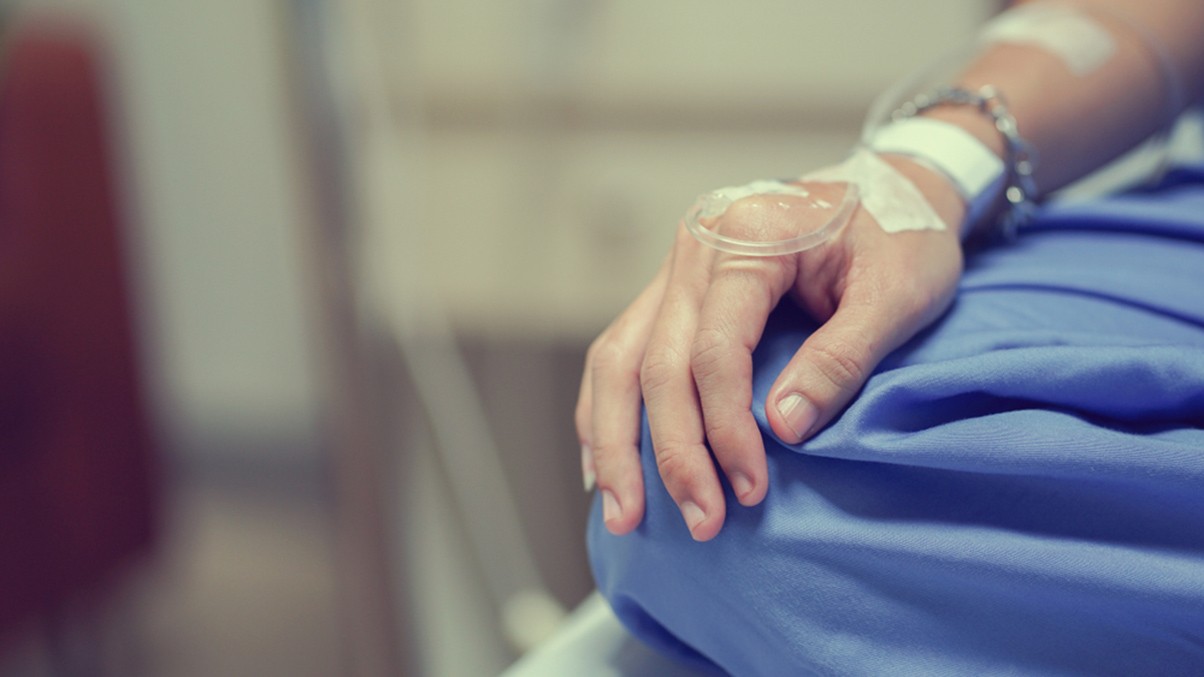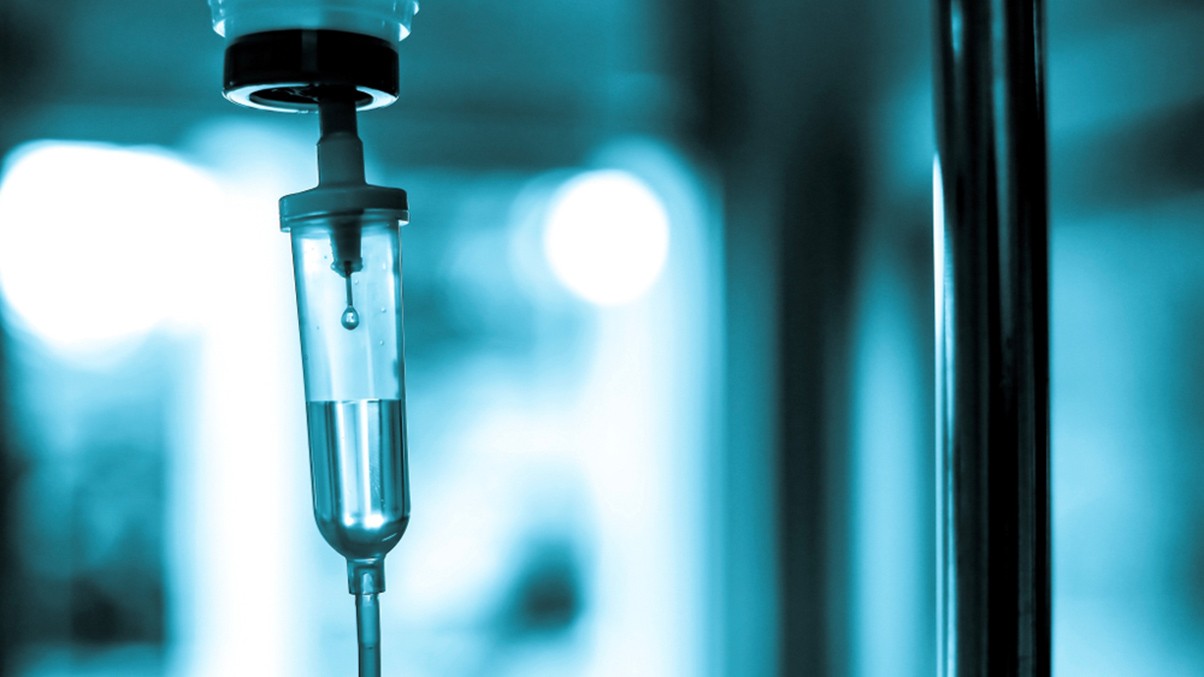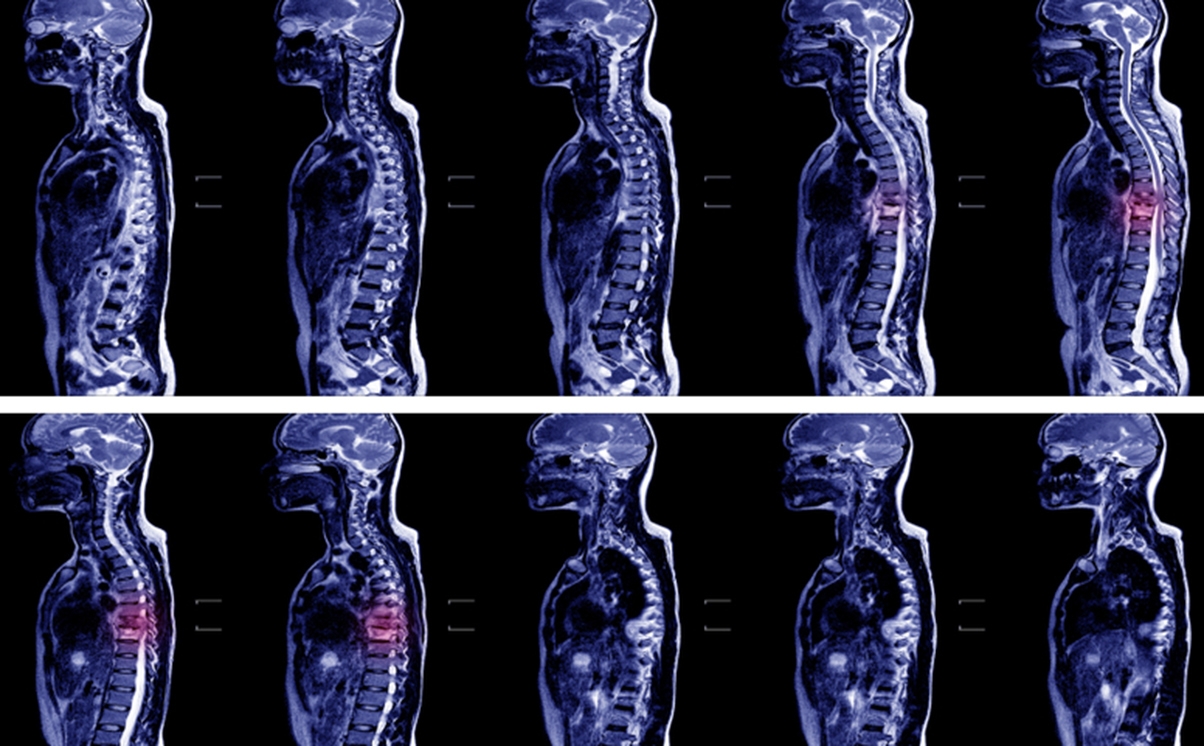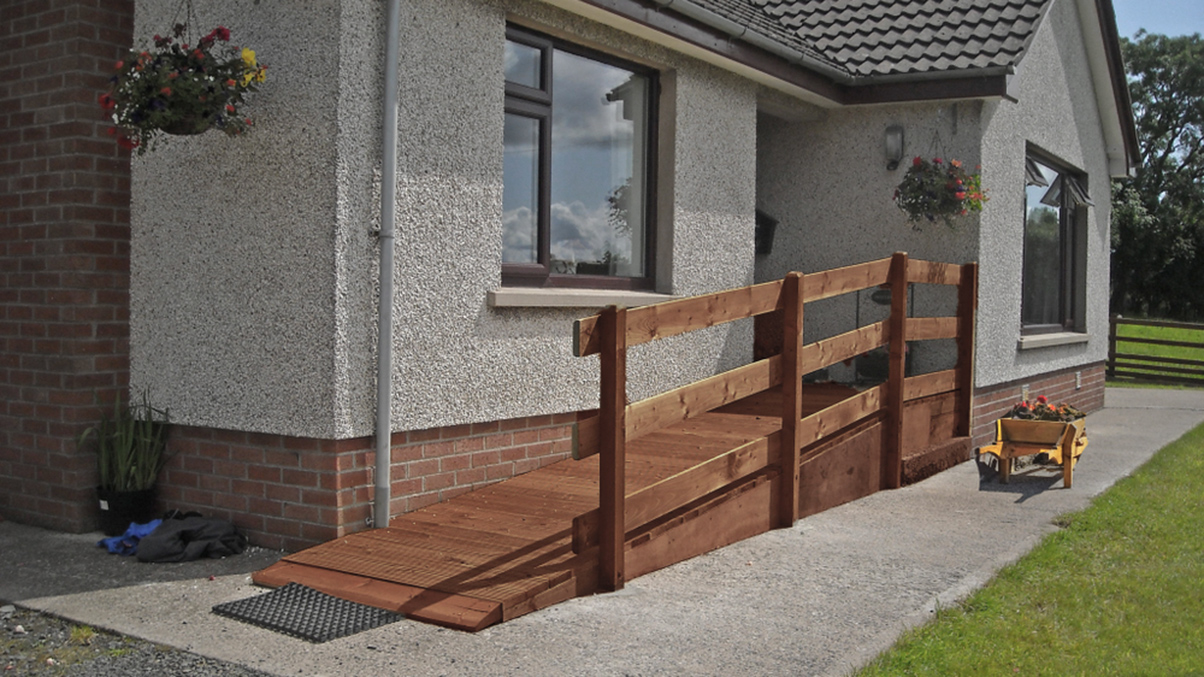Hugh Johnson acted on behalf of C, who sustained a spinal injury as a consequence of delays in the diagnosis and treatment of a spontaneous spinal epidural haematoma (SEH). The case settled in October 2020, shortly before trial.
The facts
C, a 37-year-old man, experienced sudden chest pain late at night. He drove to the emergency department of University College Hospital (UCLH), arriving just after midnight. C recorded two videos on his mobile phone to his wife and children as he believed he was going to die. In the second video at 01:38, C complained of back pain and of being unable to feel his feet. He had pins and needles and was in pain.
The first medical review took place at 01:40. The provisional view was that C was having a panic attack, possibly with gastritis or reflux. No neurological examination was performed. At around 02:50, C attempted to get up from the trolley he was lying on but was unable to stand. He was lifted into a wheelchair for a chest x-ray, but it was not until 03:45 that the clinical notes record the sudden onset of paralysis. Urgent CT imaging was not undertaken until 06:03.
UCLH was not able to undertake MRI scans out of hours. Despite it being recommended that C have an MRI scan, he was not transferred to another hospital. Instead, he waited a further six hours until a scan could be undertaken at 12:00. Poor communication with the ambulance service meant that C was not transferred to a specialist neurosurgical centre for urgent surgery until 17:45, nearly 18 hours after his admission.
Although C received surgery promptly on arrival at the neurosciences centre, it was too late to recover significant neurological function. He has been left with a life-changing T3 Frankel B paraplegia.
Legal investigations
Stewarts was instructed shortly after C completed his rehabilitation. C’s injuries were such that he could not return to his former home, which was not wheelchair accessible, and he was unable to work and support his wife and two young children.
C was supported through the hospital’s complaints process, and while a serious incident review (SIR) was undertaken. The SIR was highly critical of the care afforded to C. The investigation highlighted that there was a policy to ensure that patients such as C were transferred in a timely fashion for surgery, and made a number of recommendations for the future.
C developed paraplegia at 02:00 hours, which was approximately two hours after his admission to UCLH. The expert neurosurgical evidence obtained indicated that surgery needed to take place within six hours of the onset of paraplegia. Had that occurred, there would, on the balance of probabilities, been a favourable outcome with C recovering normal motor and sensory function.
Despite the critical SIR, the litigation was hotly contested. Only limited admissions of error were made. It was denied that any surgery could have avoided C’s injury and efforts were made by the defendant (unsuccessfully) to try and exclude the SIR from the litigation.
Expert evidence was obtained in the fields of accident and emergency, medicine, neurology and neurosurgery. While the experts were robust in relation to the errors made in the care of C, the main area of dispute was medical causation (ie, to prove that C would have made a complete recovery had he received surgery promptly).
C’s legal team and neurosurgical expert undertook detailed reviews of the medical literature. They attempted to demonstrate that the defendant was wrong to suggest that C had sustained a permanent, irrecoverable injury from the moment he developed paraparesis. Review of the medical literature addressed decades of patients who had sustained an SEH, with both good and bad outcomes. Care was needed to extrapolate cases that were directly comparable and to view the data critically, rather than the conclusions of each. Ultimately, it became clear that when treated sufficiently early, a majority of patients would make a recovery, albeit not always a complete recovery.
Negotiated settlement
Settlement negotiations took place six weeks before trial. As a result of the Covid-19 pandemic, the negotiations took place remotely via Microsoft Teams. Both liability and financial settlement offers were considered during a full day of negotiations. A final pre-trial offer of £4.5m was made at the end of the negotiations, which the defendant accepted seven days later.
Life after injury
Within two months of the settlement, Stewarts was able to assist C to instruct a team to support his future needs. He is in the process of purchasing a large property suitable for his needs and that of his family and is liaising with an architect regarding the necessary adaptations. He will now be able to employ support workers and purchase equipment and the therapies he will need.
Testimonial
C says:
“It has been an uncertain last five years, not knowing what the future holds and knowing that I am in this wheelchair for the rest of my life because somebody failed to recognise the seriousness of my condition when I was in hospital. It has caused a lot of anger, but I have tried to stay positive for my two little boys.
“With the settlement, our life will still go on as it has but knowing that we don’t need to worry about the financial cost of my future care and that we will be in a new home that is suitable and adapted for my needs now and into the future is a huge comfort.
“Stewarts and my solicitor Hugh Johnson have been great. They have supported us every step of the way, helping and advising us even on things that were not immediately connected to the case.
“I was impressed with the expertise of the team. They were able to pinpoint everything, and the amount of work and detailed analysis was unbelievable. I never worried as I knew I was in good hands. Even after the settlement, I was supported in the next stage of my journey – to retain expert financial and housing advice, for example.
“I cannot thank everyone enough.”
Life beyond injury
We have teamed up with other clients who have suffered catastrophic injuries to tell their stories of Life Beyond Injury. Please visit the Life Beyond Injury webpages here.
We hope that by sharing these stories, newly injured people can see that with the right support they too can overcome adversity to lead full and active lives.
You can join in the conversation and share your stories of overcoming adversity to lead a fulfilling life beyond injury: on Twitter, here #lifebeyondinjury; or on Facebook, here #lifebeyondinjury.
You can find further information regarding our expertise, experience and team on our Clinical Negligence page.
If you require assistance from our team, please contact us or alternatively request a call back from one of our lawyers by submitting this form.
Subscribe – In order to receive our news straight to your inbox, subscribe here. Our newsletters are sent no more than once a month.

